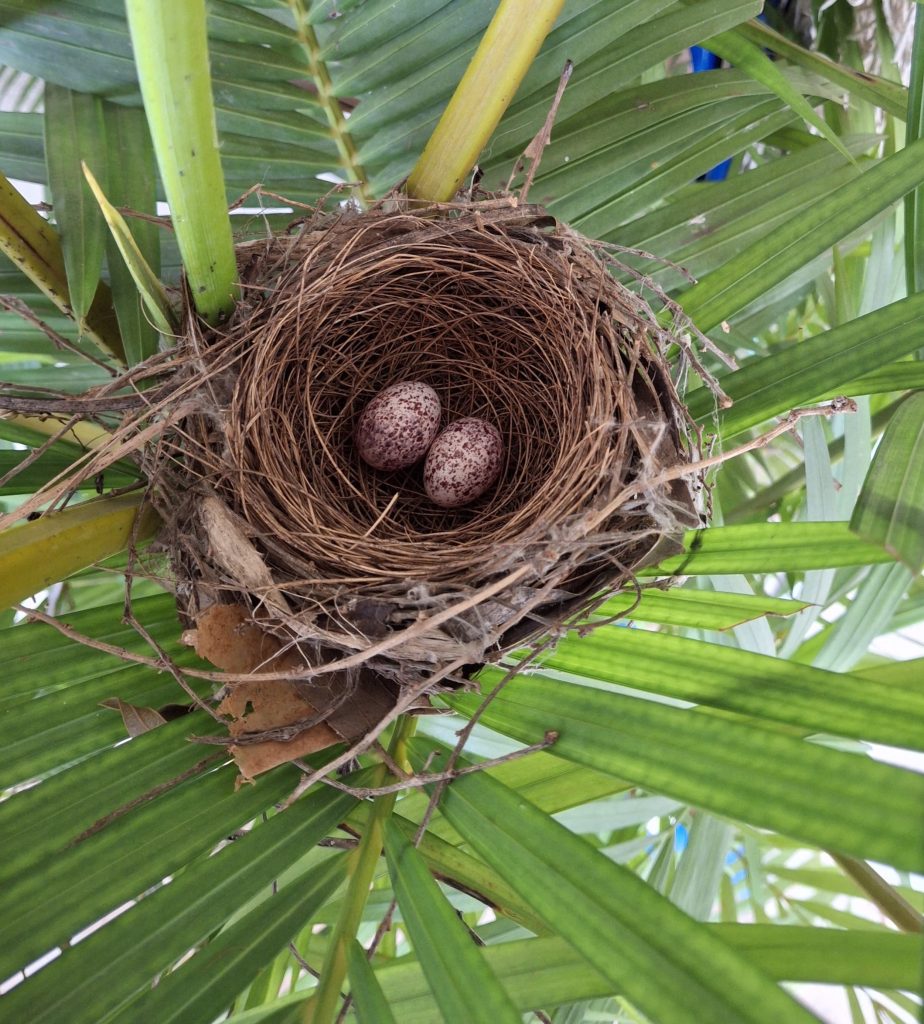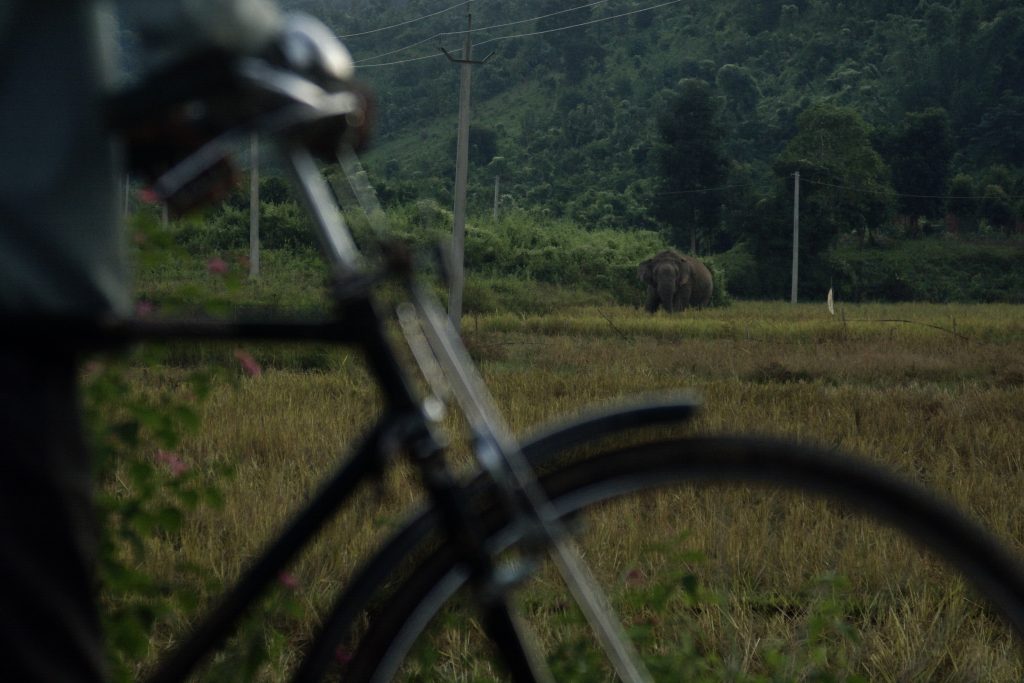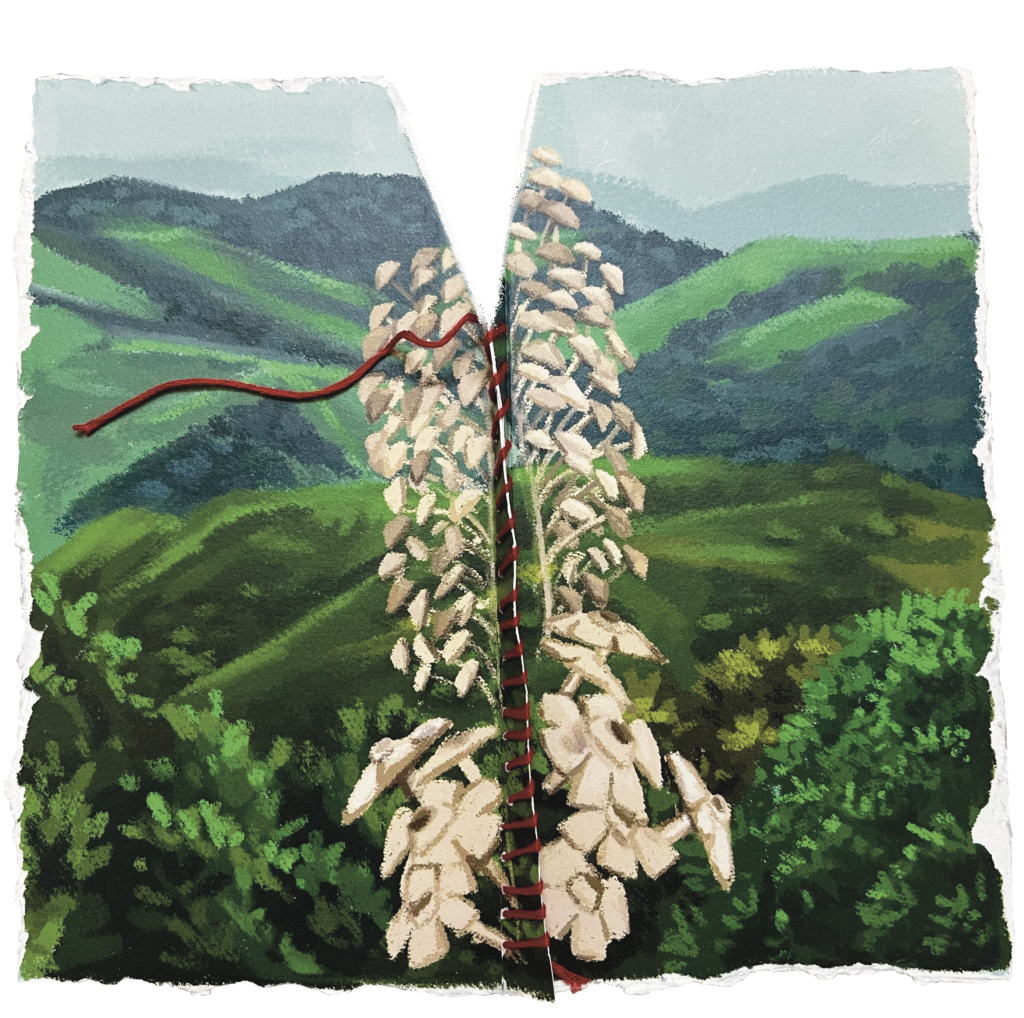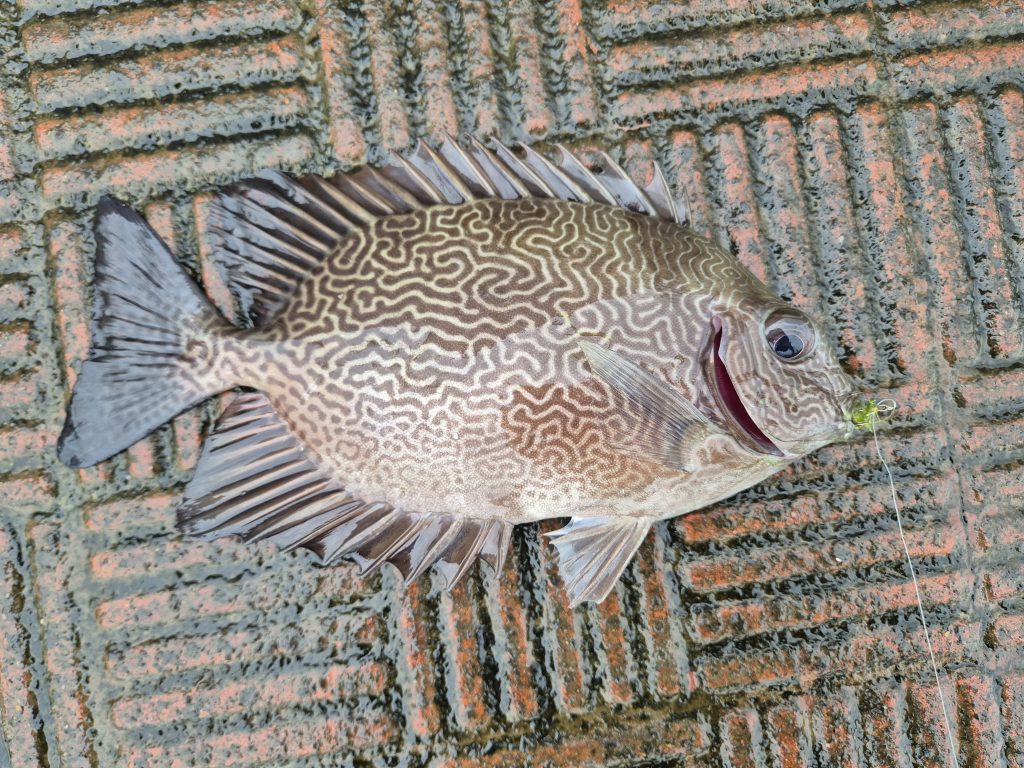I rise from my bunk and stagger to the mess for coffee and to check the ambient conditions at Scott Base. This New Zealand base is nestled on the southern side of Ross Island, nearly 78°S of the equator. It is late February and the first sunset of the year is soon approaching. I check the weather station—outside it is a balmy -10°C, but most importantly the wind is less than 15 kmph. This means that we should be able to safely head out on to the sea ice without risking drifting away, as strong winds can break up the ice. The team gathers at the Hagglund (a Swedish track truck that handily floats) after a hearty breakfast. Dressed in multiple layers we head down from base, over the transition (the point at which we cross from driving over land to driving on the ice) and towards a cluster of black dots moribund on the ice. As we trundle along, windows fogging, the excitement is palpable. Soon, the black dots grow to large mounds, and a few heads turn briefly to inspect our approach.
We have arrived. We are parked amid a group of moulting Weddell seals, the southernmost breeding mammal on earth. These beautiful 400 kg plus animals have large, oversized brown eyes for gathering light deep under the sea ice, disproportionately small heads and big fat tummies. Their large round shape is a product of their several centimetre-thick blubber layer, which keeps them warm in this most extreme of environments, whether sleeping exposed on the ice to katabatic winds that send freezing air down from high on the Antarctic continent, or hundreds of metres deep in the subzero polar waters. They are lazing around moulting last year’s coat, in readiness for the coming darkness of winter, when the sun doesn’t rise again until spring and they must forage under the ice for fish and other prey, building reserves for the coming breeding season. Many of the females are pregnant and will spend many hours hundreds of metres below the sea foraging in the darkness, only returning to pup the following October.
Antarctic seals and threats to their habitat
Weddell seals are pinnipeds—a group of 33 fin-footed species of carnivorous, semi-aquatic mammals, many of which are migratory, that includes true seals, eared seals (fur seals and sea lions), and the walrus. Female Weddells number around 200,000. All seals give birth out of the water, either on ice or land, but feed at sea. True seals, such as Weddells, feed their young for a relatively short period (from a few days to a few weeks), mate and then may disperse widely across oceans remaining at sea for months. The five species of Antarctic seals—Weddell seal, Ross seal, crabeater seal, leopard seal, and southern elephant seal—show a variety of migratory patterns. Crabeater, leopard, and Ross seals give birth on the pack ice, which forms around the continent each year. Thus, they remain pelagic, feeding below the drifting ice, although leopard seals are also often found near their prey, at penguin colonies. At the other extreme, elephant seals disperse widely from the subantarctic islands they breed and moult on, migrating at times more than 1000 km away to feed in Antarctic waters. Weddells, on the other hand, breed on the fast ice the ice ‘fastened’ to the continental edge—and then disperse to various extents into the seas around their natal areas. This migratory behaviour is what we are here to investigate.
Antarctica and the Southern Ocean are critical components of the world’s climate and weather systems. Amongst all continents, Antarctica is the farthest from the equator, as well as the coldest, windiest, and driest. Each winter the sea freezes around it to cover a total area of about 14 million square kilometres. The combination of a circumpolar ocean with the massive freezing and melting of the ice shelves and the extreme cold and dynamic atmosphere, drive interactions that have global implications. It is the most remote of all continents and the only one not permanently inhabited by humans. Yet, even here at the end of the world, there is evidence of anthropogenically-driven climate change playing out in a complex manner, but with effects predicted to grow over the next century, and many implications for, amongst others, these beautiful Weddell seals.
Beyond climate change, human pressures within the region are managed through international cooperation, which is imperative for pinniped conservation given their long-range movements. Within the Southern Ocean, toothfish are not only a valuable fishery, but also form an important prey base for Weddell seals as well as for killer whales and sperm whales. Since Antarctica has been named a continent for science, activities there are managed carefully to comply with the Protocol on Environmental Protection to the Antarctic Treaty, also known as the Madrid Protocol. Thus, fishing is also carefully regulated and scientific monitoring of its impacts on other predators is a unique feature of management in the region. Moreover, the Commission for the Conservation of Antarctic Marine Living Resources uses an ecosystem-based management approach that includes establishing a network of Marine Protected Areas in the Southern Ocean. This showcases the importance of international cooperation for the conservation of seals, as they often travel between areas under various political jurisdictions.
Tagging Weddells
So here we are, standing on the sea ice, careful not to approach too close to the ice edge. We are on a brittle surface and even though metres thick, the ice can break away and float off into the Ross Sea in a frighteningly swift manner. We drill holes through the ice to measure the ice thickness and make sure we don’t fall through as we work, and we stake out safe areas to work using flags on bamboo poles. We check the seals for their moult status, as we will be attaching tags that measure the sea temperature, salinity and depth, as well as their location, and send us ocean profiles of all these parameters throughout the winter. These tags have transformed our understanding not only of these beautiful animals but of their environment and how it is changing.

Our research is twofold. First, as a collaboration between Australia’s Integrated Marine Observing System and our New Zealand cousins at the National Institute for Water and Atmospheric Research, we are assessing the impact of fishing in the Ross Sea Marine Protected Area on Weddell seals by tracking their movements and foraging behaviour through the winter. Second, it is part of a huge global initiative, the Global Ocean Observing System, that is monitoring the world’s oceans. Seals like these Weddell seals and their cousins, the elephant seals, have provided over 70 percent of all ocean profiles south of 60°S. These tags send us information through satellites to our warm and comfy offices as our seals roam freely across the Southern Ocean and dive deep to feed in areas extremely difficult, dangerous and expensive to get to with ships during the harsh Antarctic winter.
We find a suitable candidate, a fat, freshly moulted female with the tell-tale shiny stripe of new hair down her back. We carefully approach and pop her into a hoop net, quickly inject a sedative, then release her and move away stealthily, allowing the sedative to act and for her to fall back to sleep. As there are no land predators, Weddell seals are relatively calm in our presence. Many of her compatriots have given us but a cursory glance and fallen back to sleep, and she quickly does the same. When our veterinarian gives us the signal, we approach, place her in a sling below a tripod, hoist her up to get a body weight, lower her back to the ice, and work quickly to collect all our necessary biological samples. We then clean the fur on her head and glue the transmitter to her head, making sure not to let it move out of position as the quick dry glue sets. She will proudly wear this hat until she moults the following October, giving us positions and ocean profiles right throughout the winter and allowing us to track her movements up to 1000 km north of where we stand.

The information we have gathered is critical to understanding the effectiveness of Marine Protected Area boundaries and fishing zones, but also provides us with so much more. This research allows us to see what sort of habitat these animals prefer, and by tracking animals from three different areas of Antarctica, we have shown that movements and habitat preferences are shaped by their local environments. Once they have moulted, our seals disperse. Some do not move very far, and may stay within a few kilometres of where they were tagged throughout the winter, feeding in shallow water over the continental shelf. Others will disperse up the coast and then venture out into the pelagic zone, roaming far into the winter ice, foraging pelagically, all the while preferring areas of high ice concentration. Whether stayers or roamers, all keep to areas of high ice density—perhaps as a way of avoiding their key predator, the killer whale. As more Marine Protected Areas are proposed, this sort of data should allow us to predict how effective they may be for protecting these animals and their prey. At the same time, the oceanographic data and in particular the many ocean profiles are incorporated into, and therefore improving, the models which bodies, such as the Intergovernmental Panel on Climate Change (IPCC), are using to predict future climate change.
Further reading:
Harcourt R. G., M. A. Hindell, C.R. McMahon, K.T. Goetz, K. Heerah, R. R. Holser, J-B. Charrassin et al. 2021. Regional variation in winter foraging strategies by Weddell seals in Eastern Antarctica and the Ross Sea. Frontiers in Marine Science 8: 720335. DOI: 10.3389/fmars.2021.720335.
Treasure, A. M., F. Roquet, I. J. Ansorge, M. N. Bester, L. Boehme, H. Bornemann, J-B. Charrassin et al. 2017. Marine mammals exploring the oceans pole to pole: A review of the MEOP Consortium. Oceanography 30(2): 62–68.






